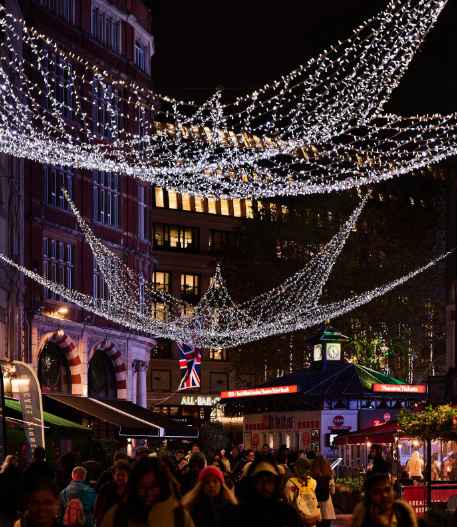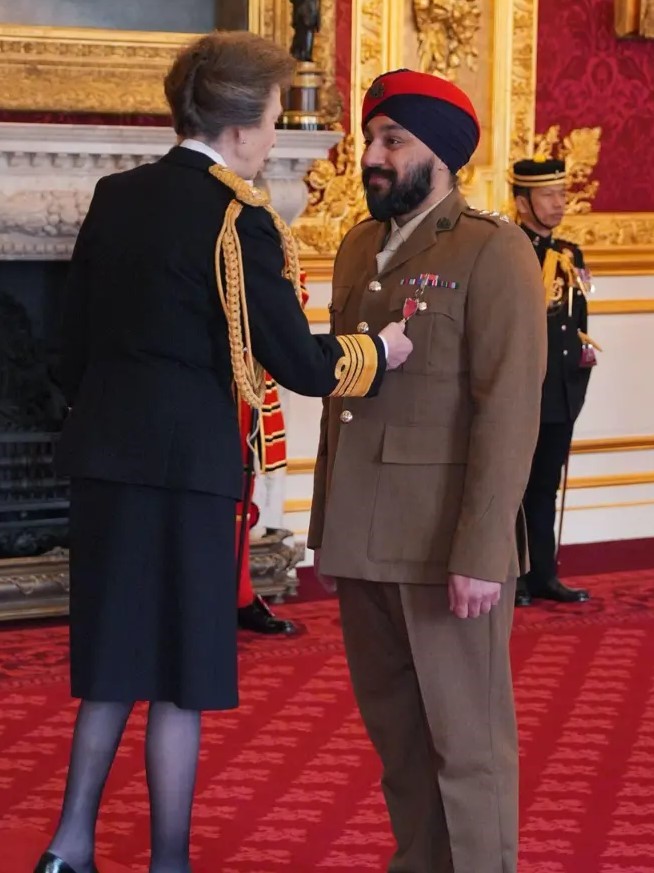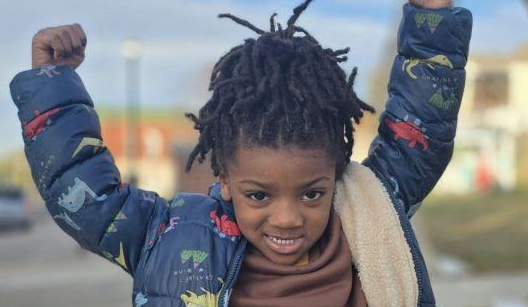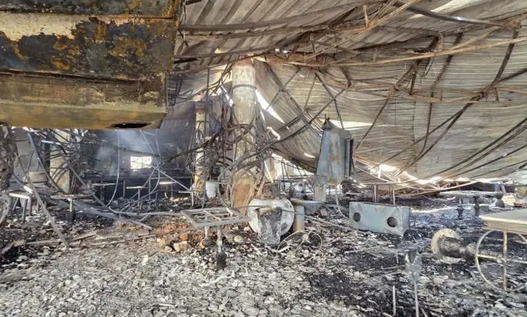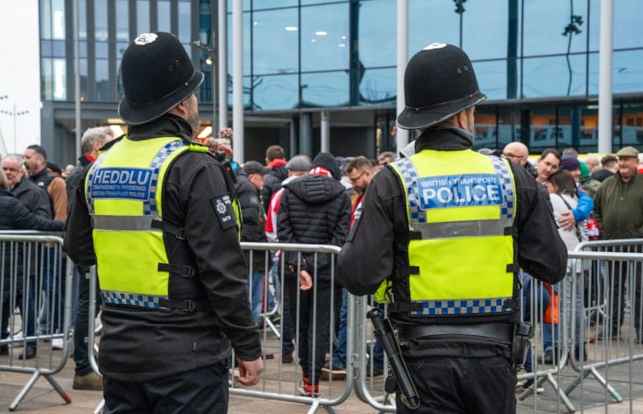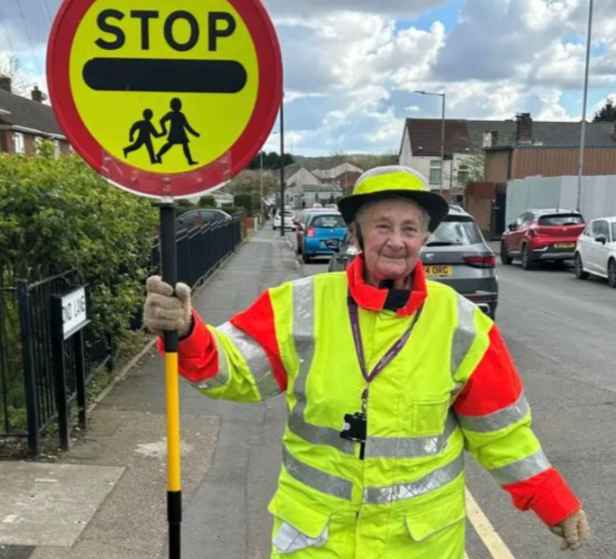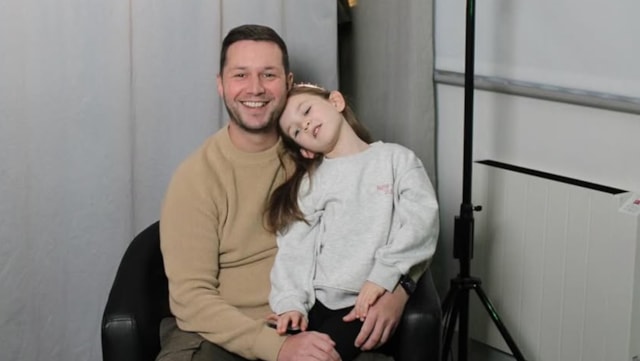Some people across the UK have been able to form household support bubbles or extended households. The aim is to help people who've been cut off from friends and family. The rules vary across the country, so what is the situation where you live?
A bubble is a group of people with whom you have close physical contact. The aim is to help people who've been cut off from friends and family. Bubbles must be "exclusive".
Once in one, you can't start another with a different household. If you decide to change your bubble, you should treat your previous bubble as a separate household for 10 days before forming a new one. People in a bubble can stay overnight in each other's homes, visit outdoors places together and do not have to socially distance, even in areas under tier 4 restrictions.
In England, single adults living alone - or single parents whose children are under 18 - can form a support bubble with one other household. The second household can be of any size and can include "at risk" people who were previously shielding.
Wherever possible, the government recommends that a support bubble should be with another local household to avoid unnecessary travel. Anyone in the bubble contacted as part of England's test and trace programme must stay at home. If they develop coronavirus symptoms, everyone in the bubble must self-isolate.
Under the tier system, people are allowed to form support bubbles with those who live in a higher tier area, and bubbles can be cross-border with Scotland and Wales, subject to local restrictions. The government expanded the eligibility of support bubbles in England on December 2 to help families with very young children or people with continuous care needs. This means households can form a support bubble with another household, if at least one of them has:
· a child under 1 (regardless of how many other adults are in the household)
· a child under 5 with a disability that requires continuous care (regardless of how marny other adults are in the household)
· a single adult carer (living with any additional adults in the household that have a disability and need continuous care)
As well as the support bubble rules, the government in England also has a set of rules that apply to families with children under 14 (as well as to vulnerable adults).
They can form a childcare bubble with one other household to provide informal (unpaid and unregistered) childcare. This must always be between the same two households. Childcare can be provided in either or both of the two homes.
During the Christmas period, registered childcare and childcare bubbles can continue.
In Wales two households of any size can form an exclusive bubble and meet in their own homes and gardens. People in the same bubble can stay in each other's homes overnight.
And they can meet up in groups of larger than four in some other outdoor places. If you were part of a temporary extended household during the firebreak period, or were in one before that, you can make a new bubble, instead. However, once you have agreed and joined that new extended household, neither household can leave to form a new one.
Under the five tier system in Scotland, people who live on their own or only with children under 18 can form an extended household with people from one other household.
People in extended households are counted as one household, and so can continue to meet and socialise with each other despite general restrictions on households mixing, and can stay overnight in each other's homes. Couples who do not live together can also form an extended household, which can include any children they each live with.
A household must not form an extended household with more than one other. However, one of them can end the arrangement at any time, and - as long as they wait at least 14 days - then form a new extended household with someone else.
If any member of an extended household develops symptoms or tests positive for Covid, everyone in the bubble must self-isolate.
Two households of any size can form a support bubble. The members can spend time indoors and stay overnight with each other.
Under the latest restrictions, these bubbles are limited to a maximum of 10 people, including children, at any one time. Schools are using year group and/or class bubbles to support social distancing and reduce close contact between pupils as much as possible.
Maintaining distinct groups which do not mix makes it quicker and easier when a positive case occurs to identify those who may need to self-isolate and minimise their number.


